Hornby TT3015M Class 50 GBRf Co-Co No.50049 'Defiance' Diesel Locomotive
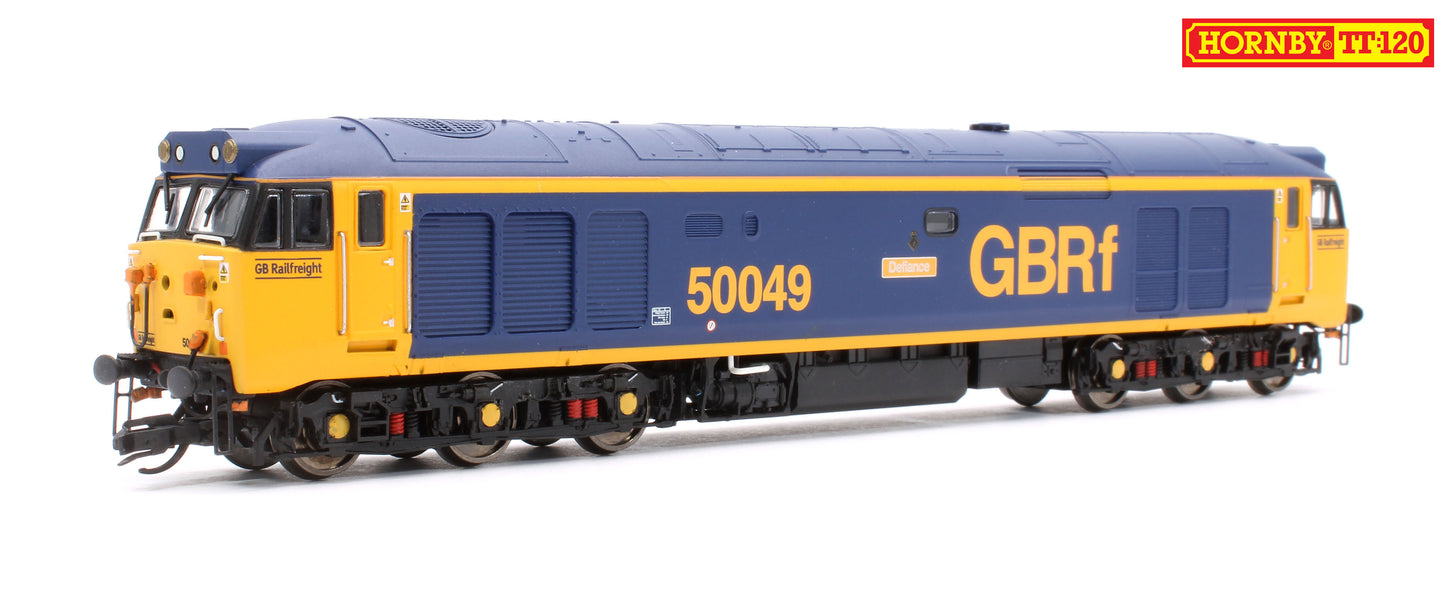


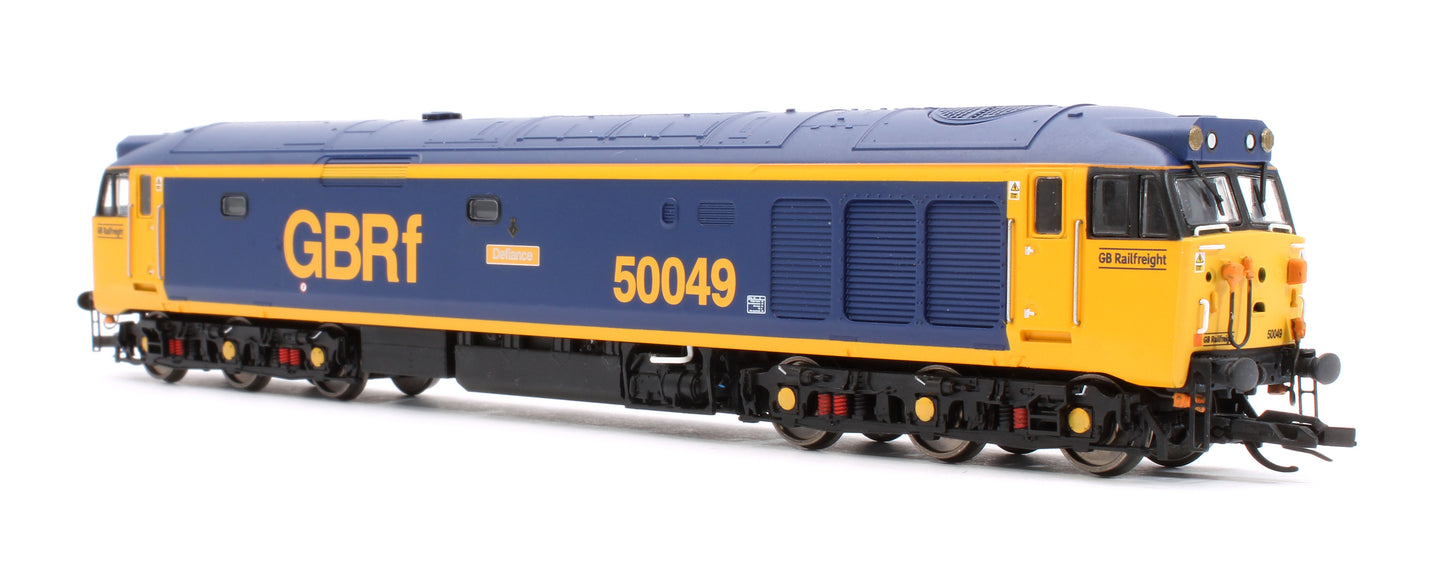


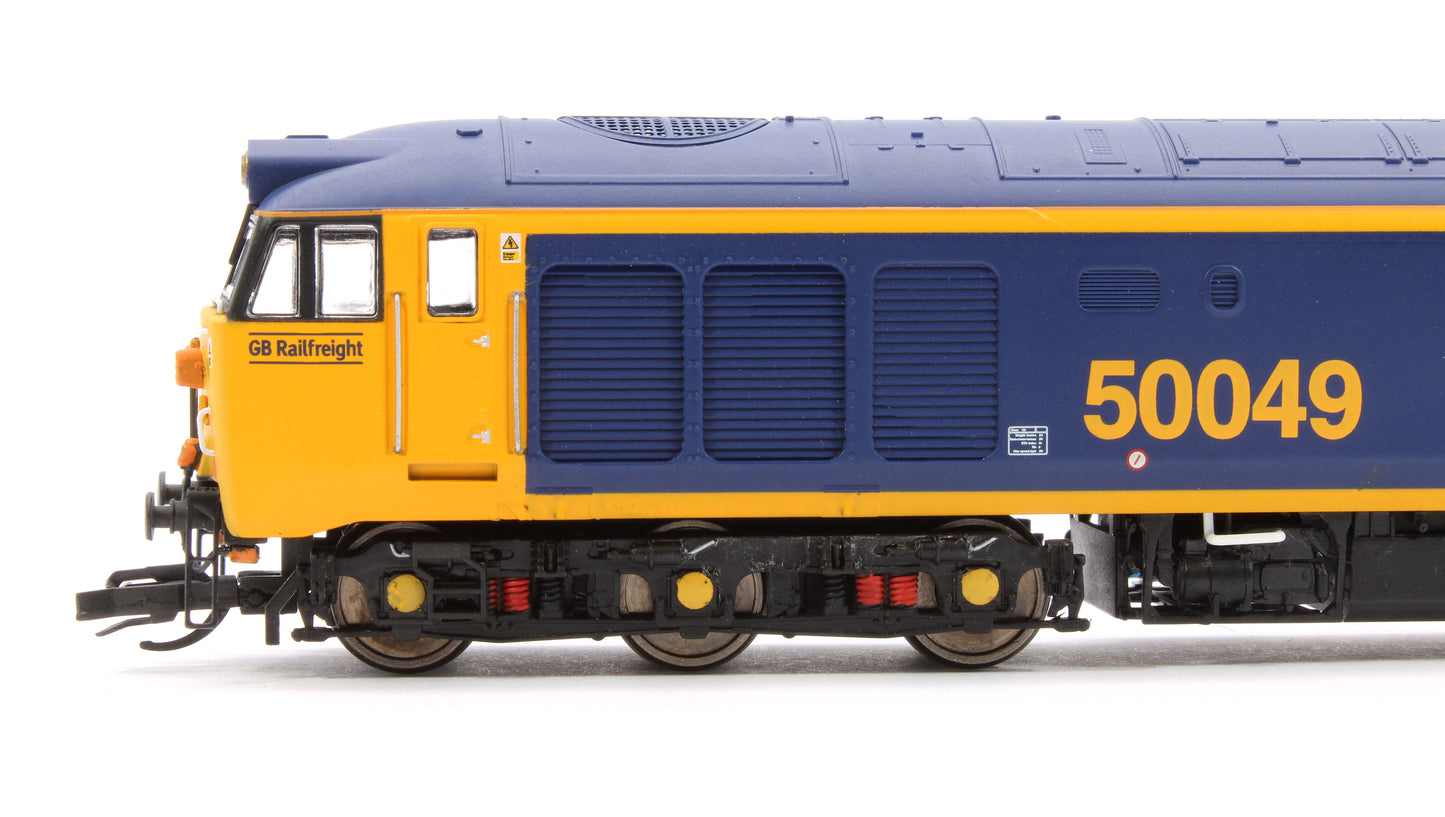
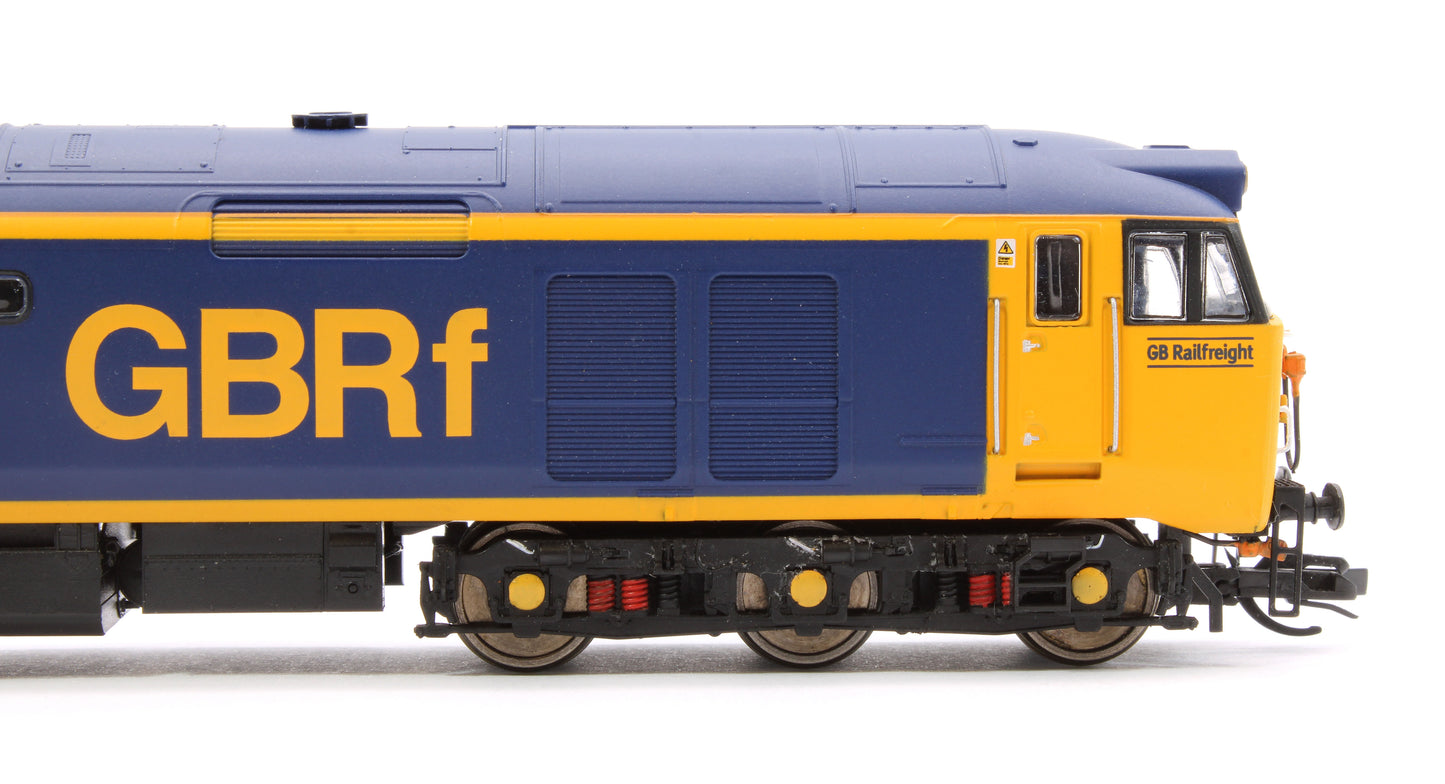
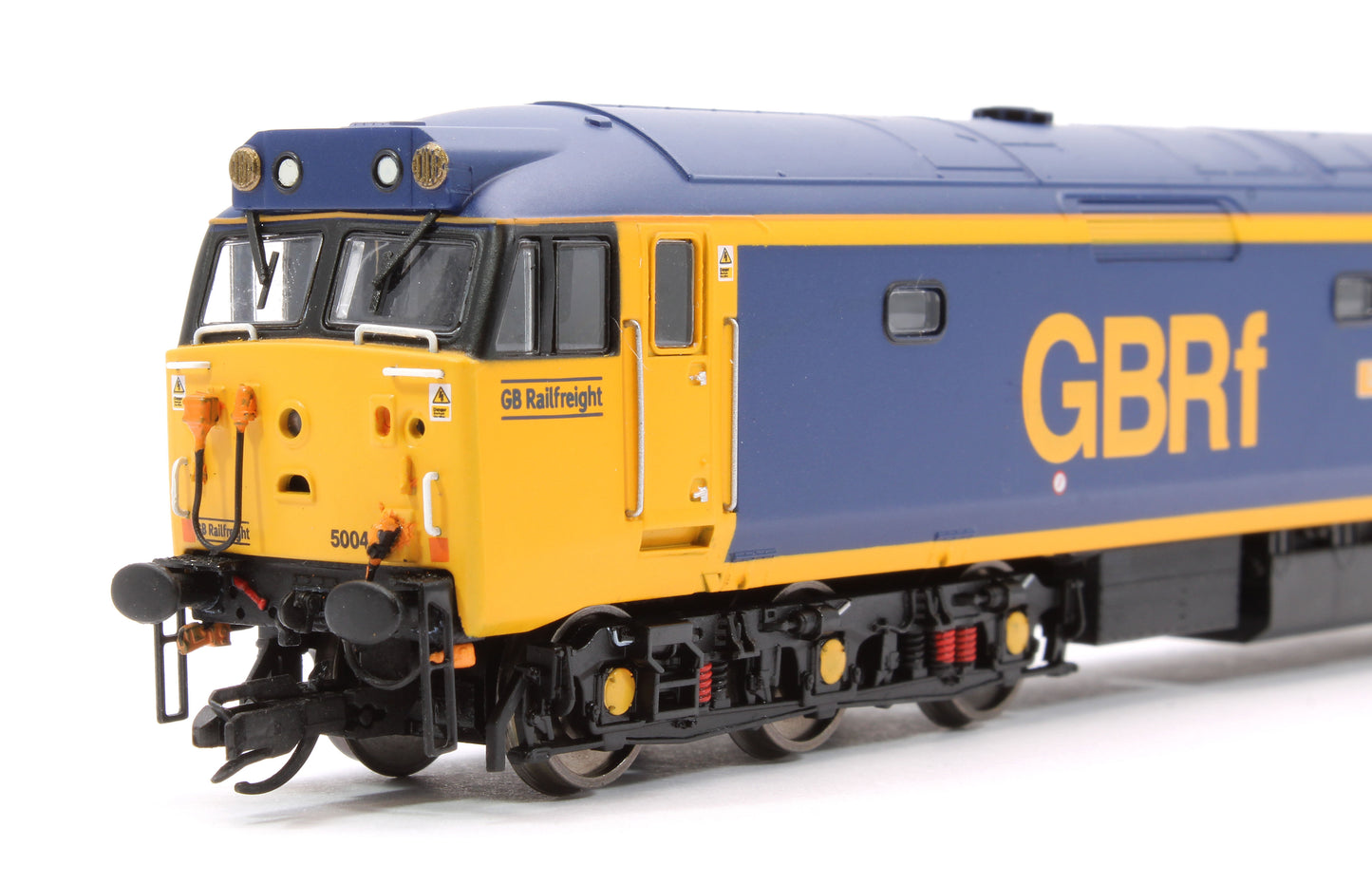


Product Details
| SKU | HOR-TT3015M |
|---|---|
| Vendor | Hornby |
| Categories | Best selling products Class 50 Locomotives Diesel Locomotives Era 11 Hornby In stock Items Latest Releases Locomotives New products TT:120 Scale |
| Scale | TT:120 Gauge |
| Share | |
| Features |
|
Product Description
The Class 50 locomotives, built by English Electric at the Vulcan Foundry in Newton-le-Willows between 1967-1968 were the last purpose-designed mixed-traffic locomotive built in the UK. 50 examples were built in total. Upon their introduction they were used on the West Coast Main Line (WCML). The aim was to speed-up passenger timings on the then non-electrified portion up to Glasgow, and to haul express passenger trains at 100 mph. By 1974, the entire line had been electrified so the locomotives were re-deployed to other regions as had been planned. When delivered, the Class 50s were leased to British Rail by a subsidiary of English Electric. They were later sold to the British Railways Board.
The Class 50s proved to be incredibly powerful, indeed following the full electrification of the WCML and the introduction of more powerful DMUs in the late 1980’s they were almost pointlessly powerful, and they began to be withdrawn as their roles were handed to more efficient DMUs. All examples of the Class were named which was rather unusual for corporate BR diesel locomotives, and in the end 18 examples have been preserved.
50007 started life as D407 in 1968, being named Hercules after a Royal Navy ship in 1978. The locomotive would go on to become Sir Edward Elgar in 1984, a name that it would keep into recent preservation, carrying it from withdrawal in 1991 until 2014 when it reclaimed its original name of Hercules. Hercules is now based at the Severn Valley Railway and is dual named as Warspite, one of its classmates that was scrapped in 1989.










